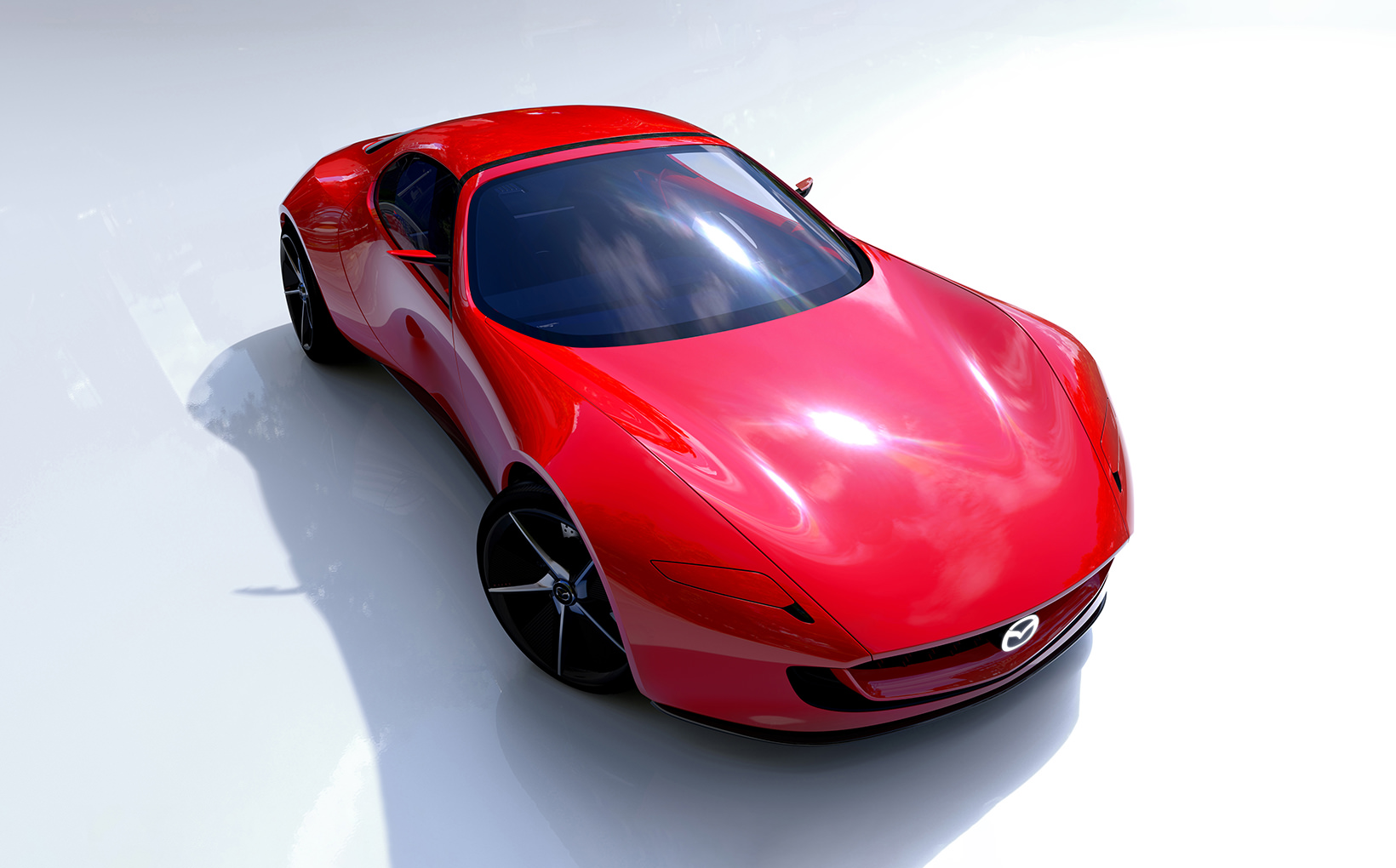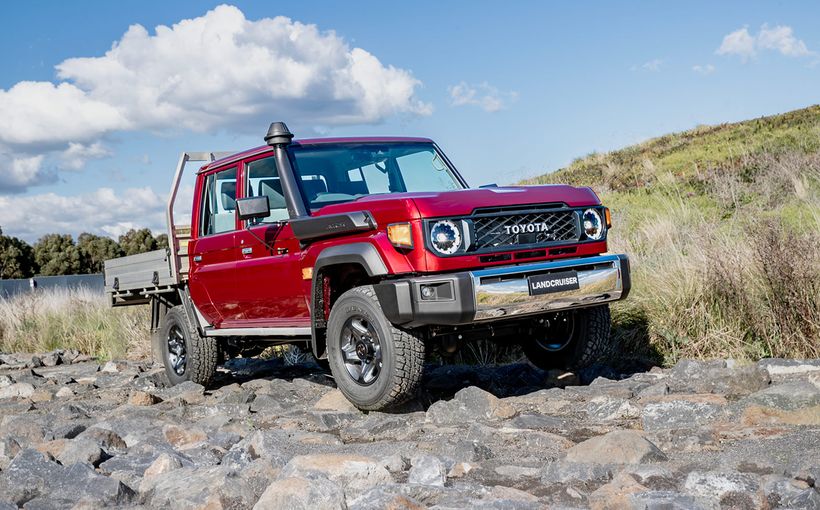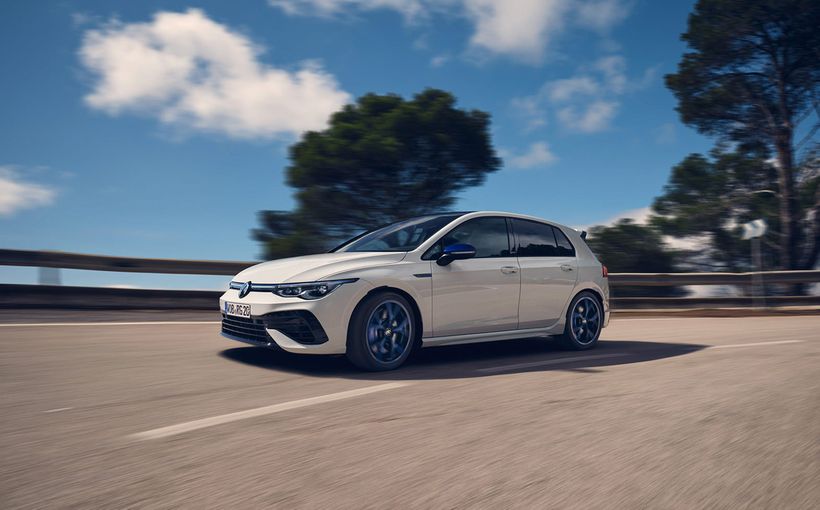Hardly surprising…electric dominates at Tokyo
BY PETER BARNWELL
Tokyo Motor Show is done and dusted for 2023 although, strangely, it’s called the Japan Mobility Show, the biennial event now inclusive of all mobility devices….presumably anything that gives humans mobility.
As usual, the event showcased a stunning array of cars that give a heads-up to what’s on the way, which, judging by the focus of most manufacturers, is EVs…and head-nods to past glories.
The big Japanese brands were well represented along with Chinese and other overseas makes.
The following cars from the show attracted our attention:
Mazda Iconic SP
This has been mooted as the basis for a new gen’ MX-5 but we doubt it as the roof is fixed, it’s bigger and way heavier than an MX-5 and the rotary engine isn’t actually connected to the drive wheels functioning solely as a generator to replenish the car’s battery.
The bodywork follows a digital rendering of a sports coupe called the Vision Study that surfaced about a year ago and though sleek in appearance, the looks of the Mazda Iconic SP are derivative of many other cars.
Mazda says the Iconic SP is “a new type of compact sports car concept, designed to adapt to the new era and respond to the emotions of customers who love cars and desire a car that simply embodies the joy of driving” – or in Mazda-speak, “Jinba Ittai” which equates to “horse and rider as one.”
For comparison, the Mazda Iconic SP measures 4180mm long x 1850mm wide x 1150mm high and rolls on a wheelbase of 2590mm. The MX-5 ND is 3915mm long x 1730mm wide x 1235mm high on a wheelbase of 2310mm.
The ND weighs from 1058kg while the Iconic SP comes in at 1450kg. Maximum power for the MX-5 ND is 135kW while the Iconic calls up some 272kW.
Subaru Sport Mobility Concept

The yawn-worthy name detracts from what could be a really good thing from Subaru, the aggressively-styled Sport Mobility Concept giving punters a taste of what its future performance electric models may look like.
Leveraging its rally heritage, Subaru says the show car “evokes the evolution of the Subaru Sport values” while also hinting at likely off-road prowess.
Not at all like the BRZ the SMC scores muscular wheel arches to complement its boxy and upright stance, as well as what appears to be a healthy serving of ground clearance.
Some say the angular concept borrows design cues from the long-forgotten, and hideous SVX but that’s a stretch we reckon.
The show car featured aero wheels filling pumped wheel arches made with carbon fibre and featuring a distinct speckled finish that also makes its way onto the bumpers and side skirts.
The model features slim LED headlights and tail-lights with red Subaru badging at the rear, add an additional splash of colour and style.
The interior was hidden and remains a mystery.
Some pundits say the electric SMC will run all-paw traction with drivers able to control all four wheels at will, hinting at a potential future version of its iconic symmetrical all-wheel-drive system.
Mitsubishi D:X

Mitsu’s funky D:X Crossover Concept, could be an electric replacement for the much-loved Delica van, in multi-purpose vehicle (MPV) six-seat configuration the one-box concept “inspiring a sense of adventure”.
Mitsubishi promoted the model’s capabilities in various off road environments including desert and snow.
The show vehicles were equipped with “adventure” accessories such as integrated roof top-boxes, lug tyres, side rails and protective front and rear bumpers that imparted a requisite “tough” look.
Mitsubishi admits the PHEV (possibly using the same powertrain as Mitsubishi’s current Outlander PHEV) is designed to hint at a Delica of the future, combining the convenient, pleasant, and roomy cabin space of an MPV with the road handling of an SUV.
In a head nod to the Delica, Mitsubishi adorns the D:X Concept with side window graphics extending from the front of the cabin to the D-pillar while interior space is amplified by the model’s front window that wraps around to the bottom.
Designers mandated sturdy over fenders (bumpers) and large-diameter (chunky) tyres for the D:X Concept that convey a sense of strength, while the front and rear skid plates and side-step protectors may actually give body protection in the rough.
The concept used a voice-interactive AI concierge that provided information on routes to destinations, weather conditions and other information to help ensure a safe and stress-free driving experience.
Nissan Hyper Force

Could we be looking at the basis for the next Nissan GT-R?
Nissan denies it but we’d almost put money on the Hyper Force Concept heavily influencing the next Godzilla. And what a thing it is.
Fifth in Nissan’s JMS Hyper Car JMS program, the Hyper Force is an all-electric super car designed for racing enthusiasts and gamers (?) who “crave the adrenalin rush of the racetrack but are also eco-conscious”, the Nissan Hyper Force concept is said to deliver the ultimate driving pleasure while also offering high performance and comfort in daily use.
Utilising a solid-state battery pack and high-output driveline, the model produces an astonishing 1000kW to offer what Nissan says is “precise and rapid acceleration”. The all-wheel drive model uses the brand’s e-Force system to distribute motive power to each of the four wheels and features a lightweight carbon-fibre body to provide “powerful downforce” and “exceptional handling”.
Developed in conjunction with the Nismo race team, the aerodynamics of the Hyper Force concept combine a two-tier structure beneath the front hood that melds downforce with high cooling performance. Similarly, a dual-level rear diffuser “optimally controls airflow”, and is further assisted by frontal canards, a fender flip, and other “active” aero components aimed at minimising inner wheel lift during cornering.
Driver and front passenger seats are constructed of carbon-fibre and fitted with four-point harnesses. Addition safety technologies include LIDAR-backed autonomous driving capabilities Nissan says are designed for use both on the road and on the circuit. The vehicle is also supplied with an augmented reality helmet that, when parked, provides a “gamified driving experience” in which the operator may compete against the clock or other online racers.
Honda Prelude EV

Finally, Honda has seen fit to resurrect the highly regarded Prelude nameplate in a 180 degree turnaround from its current mainly SUV path.
The once heavily sporty car focused brand revealed and simultaneously confirmed the electrified prototype model will make production, but not until the end of the decade, so no real commitment there.
Specs and detail are slim, but speculation suggests it will arrive with a battery electric or hybridised petrol driveline and a sleek body that is understood to closely resemble that shown.
We do know it will roll on 20-inch wheels and bets on a hybridised powertrain are firming after comments made at the show by Honda execs.
Assuming the model arrives with hybrid power, it is likely that the Honda Accord-sourced 2.0-litre four-cylinder and electric motor combination will slot into the similarly-sized ‘Prelude’. The front-wheel drive unit provides 158kW at 6200rpm and 314Nm from step-off. It is paired as standard to a continuously variable transmission.
The figures will offer the model considerably more poke that that of the last petrol-powered Prelude sold in Australia.
Toyota LandCruiser Electric

First, confirmation of a HiLux BEV now the LandCruiser BEV is unveiled at JMS… and it’s way better looking than others coming onto the market. The model was included in a spate of electric concept vehicles at JMS.
According to Toyota, the LandCruiser SE affords environmentally-conscious off-roaders the chance to own a ‘Cruiser without using a drop of diesel.
In a huge departure from precedent the LandCruiser SE is on a monocoque body rather than body-on-frame setup like the 300 Series, and Toyota claims the “quietness helps create a comfortable cabin space when driving in urban areas and other on-road situations” as well as saying the monocoque body will offer “confidence in tackling rough terrain”.
It is also both wider and longer than the 300 Series at 5150mm long and 1990mm wide, and with three rows of seating it is likely to compete with the equally enormous Kia EV9.
While towing figures are not yet known, it is likely the electric ‘Cruiser will be down on pulling potential compared with a 300 Series.
Range however is rumoured to be as high as 1000 kilometres on a single charge, however Toyota has not officially stated range potential.
Toyota Australia is reported to be interested in the LandCruiser SE, telling media at the show they are interested in bringing the model Down Under if it goes into production.

Protect your Classic. Call Shannons Insurance on 13 46 46 to get a quote today.








